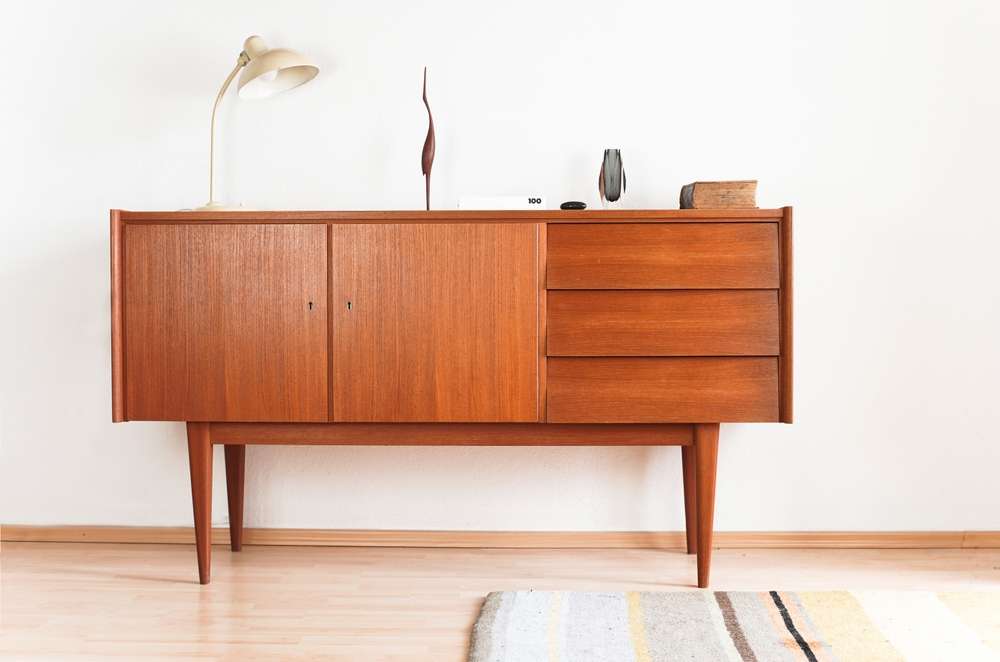Dresser: Design, Storage, and Space-Saving Tips for Home
A dresser is a common piece of bedroom furniture that combines practical storage with visible style. Whether you’re furnishing a new apartment or reorganizing a longstanding room, understanding how dressers function, what features to look for, and how to maximize their storage potential will help you make choices that suit your home and daily routine. This article covers design, storage approaches, space-saving selection, materials, and upkeep.

How does a dresser fit into home furniture?
A dresser is a core component of bedroom furniture, often placed against a wall or beneath a mirror to create a dressing area. Its role goes beyond clothing storage: a well-chosen dresser can define visual balance, complement a bed and nightstands, and provide a surface for lamps or décor. In smaller homes, dressers may double as media consoles or hallway storage, demonstrating their flexibility. Consider scale relative to other furniture so the dresser supports overall room proportion and movement paths without overwhelming the space.
How can a dresser improve storage in a room?
Dressers organize folded clothing, small accessories, and linens in a way that keeps surfaces uncluttered. Drawers with dividers or shallow trays are useful for underwear, socks, and jewelry, while deeper drawers suit bulkier sweaters and towels. To maximize effectiveness, use consistent storage systems within drawers—folding techniques, boxes, or modular dividers—to group items and make retrieval easier. For rooms with limited closet space, a dresser can be the primary storage unit for seasonal items, rotated as needed to keep frequently used garments accessible.
What dresser styles work for different home spaces?
Design styles range from minimalist, flat-front modern dressers to ornate, traditional chests with carved details. Scandinavian and mid-century modern silhouettes often emphasize clean lines and raised legs, which can help a small room feel airier. Rustic and farmhouse dressers use warmer finishes and textures to add character. For mixed-use rooms, look for versatile finishes like neutral wood tones or matte paint that integrate with diverse décor. Match the dresser’s hardware, finish, and scale to other major pieces to create a cohesive visual language in the home.
How to choose a dresser for space-saving needs?
When space-saving is a priority, prioritize vertical storage and multipurpose design. Tallboy dressers offer many deep drawers while taking up less floor area; conversely, wide low dressers can double as a TV stand or seating surface. Measure both available floor space and drawer depth so the unit fits traffic patterns and door swing paths. Consider built-in organizers, recessed drawer hardware, or dressers with built-in shelving to reduce the need for extra furniture. Also verify mounting options and wall anchors for taller units to reduce tipping risk in homes with children or pets.
What materials and construction affect furniture longevity?
Construction quality and materials strongly influence how well a dresser holds up over time. Solid wood frames and dovetail-joined drawers typically offer more durability than cheap particleboard and stapled joints. Veneers on plywood can be stable and attractive if they hide high-quality construction beneath. Pay attention to drawer slides—metal ball-bearing slides are smoother and more durable than simple wooden runners. Finishes also matter: sealed or lacquered surfaces resist stains better than raw or lightly stained wood, making maintenance easier in busy households.
How to organize and maintain dresser storage?
Routine maintenance extends the life of a dresser and keeps storage functional. Empty and clean drawers periodically, vacuuming out dust and wiping surfaces with appropriate cleaners for the material. Rotate seasonal items to prevent overstuffing and use drawer liners to protect finishes and reduce friction. Small boxes, dividers, or labeled fabric bins can maintain order within drawers and make it simpler to find items. For moving or deep cleaning, secure or remove drawers to prevent damage; when reassembling, check hardware tightness and adjust drawer alignment for smooth operation.
A dresser can be a practical storage solution and a defining decor element in a home when chosen and used thoughtfully. Paying attention to size, construction, internal organization, and how a dresser interacts with other furniture helps ensure it meets both storage needs and aesthetic goals. Proper maintenance and smart organization will keep the piece functional and attractive for years to come.






